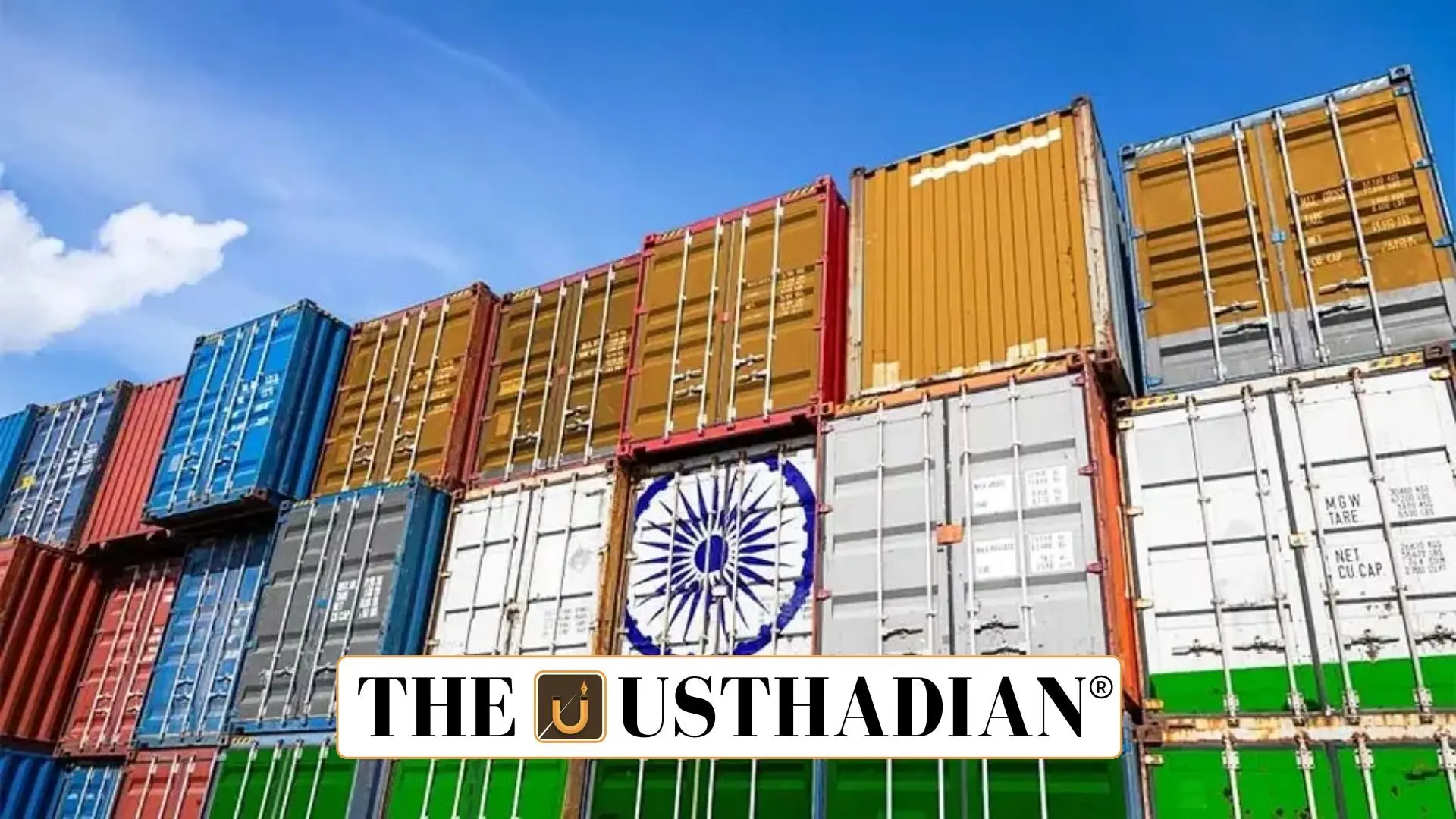India’s trade policy sees a shift
New Changes in India’s Foreign Trade Policy 2025: India has taken another big step to make its trade environment more inclusive and efficient. On January 4, 2025, the Directorate General of Foreign Trade (DGFT) updated the Foreign Trade Policy (FTP) 2023. The aim? To bring everyone – from exporters and importers to industry specialists – into the conversation before any major change.
This is not just a policy tweak. It’s a fresh approach that puts stakeholders at the center of decision-making.
Stakeholders must be consulted
Two new paragraphs, 1.07A and 1.07B, have been added to the policy. These sections now make it mandatory for the government to consult stakeholders before amending trade policies. The idea is simple – when people directly affected by a policy are involved in shaping it, the outcomes are often more practical and balanced.
This means if there’s a plan to tweak export rules or simplify import procedures, the voices of exporters, importers, and trade experts will be part of the process from the beginning.
Transparent feedback matters
One major problem in the past was that people didn’t know what happened to their suggestions. This amendment fixes that.
The DGFT will now provide clear reasons for accepting or rejecting feedback. This builds trust and encourages more people to share their insights. By creating this loop of communication, the government hopes to make trade policy a two-way conversation rather than a one-sided declaration.
Suo moto power still exists
Even with more consultations, the government has kept a safety valve. In urgent situations, it can still take suo moto decisions – meaning it can act without waiting for stakeholder feedback. This helps ensure quick responses during economic emergencies or global market disruptions.
FTP 2023 is built on four strong pillars
The policy isn’t just about rules – it has a vision. The four main pillars of FTP 2023 are:
- Incentive to remission
- Collaboration-led export promotion
- Ease of Doing Business
- Support for emerging areas like e-commerce
These focus areas are designed to make India a global trade powerhouse, while also ensuring that the trade environment adapts quickly to new-age needs.
Static GK Fact: India’s Foreign Trade Policy was earlier updated every five years. However, the FTP 2023 model allows for continuous updates to keep up with dynamic trade conditions.
The $2 trillion dream
India has set an ambitious goal: $2 trillion in total exports by 2030. To reach this, goods exports must grow at 10.86% annually, and services exports at 17.15%. These are steep targets but achievable with consistent policy support and a strong export ecosystem.
FTP 2023 places a heavy emphasis on boosting both these sectors by reducing red tape, enhancing digital trade infrastructure, and offering better support to exporters.
Feedback is the future
Gone are the days when trade policies were decided in closed rooms. Now, feedback is not only welcomed – it is expected. This new system recognises that exporters and importers are not just users of policy but partners in development.
It’s a major shift from the older five-year cycle, creating a system that can adjust quickly to new global trends, market disruptions, or technological changes.
Static Usthadian Current Affairs Table
New Changes in India’s Foreign Trade Policy 2025:
| Topic | Key Details |
| Foreign Trade Policy 2023 | Updated by DGFT for stakeholder inclusion |
| Stakeholder Consultation | Made mandatory under Para 1.07A & 1.07B |
| Feedback Mechanism | Reasons for acceptance/rejection must be shared |
| Suo Moto Powers | Government can still act independently in emergencies |
| Export Target | $2 trillion total exports by 2030 |
| Growth Rate | Goods: 10.86%, Services: 17.15% annually |
| Four FTP Pillars | Incentive to remission, collaboration, EoDB, e-commerce |
| Previous Policy Format | Followed 5-year cycle, now continuous updates |
| DGFT Role | Policy-making and export-import regulation |
| EoDB Efforts | Focused on cutting delays and improving logistics |








